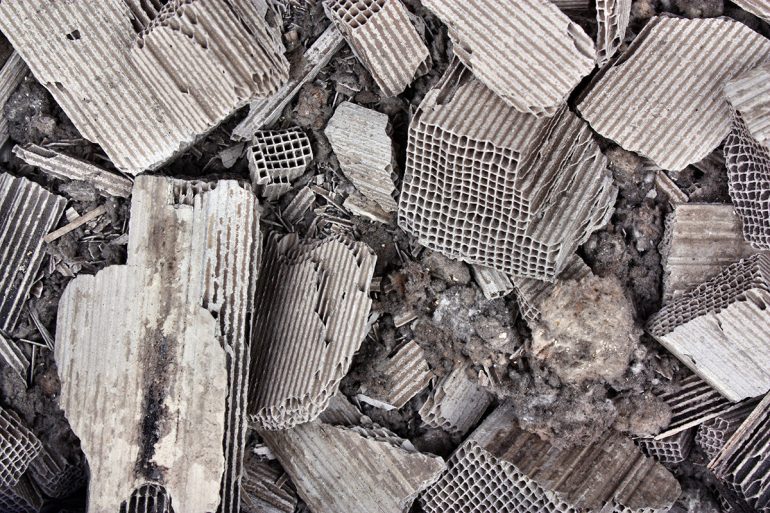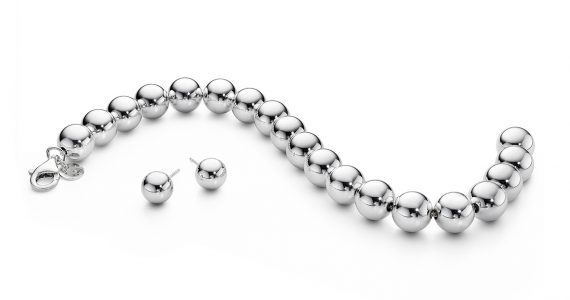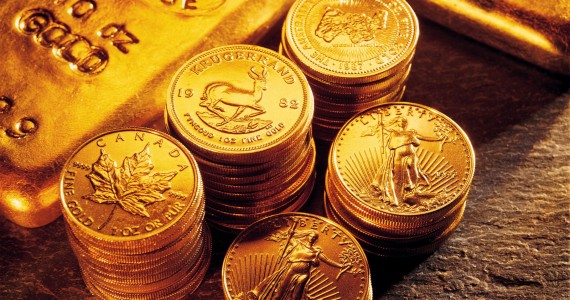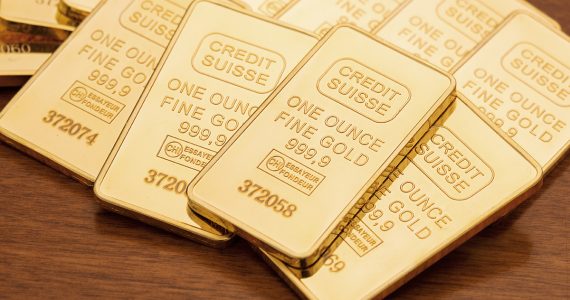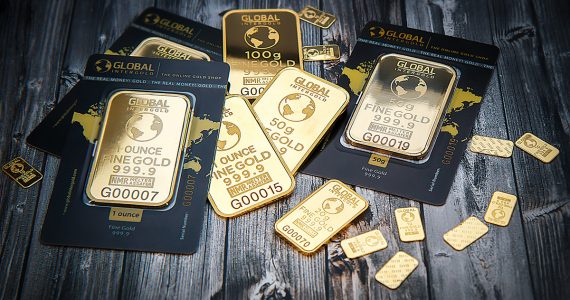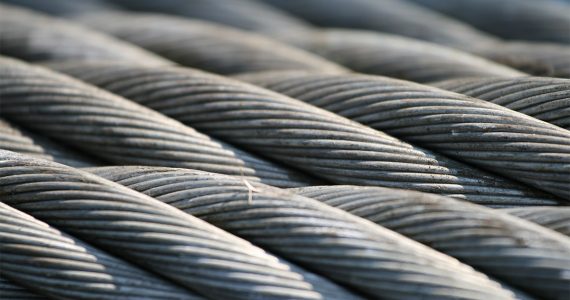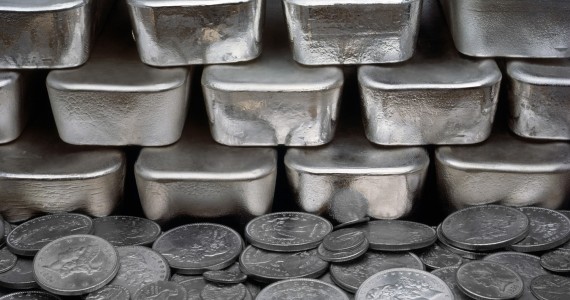For day traders lately, palladium has seen quite a bit of trading action. It’s one of the reasons why in May the price of the metal has been volatile as it zigzagged its way in various price charts. But for the long term investors, the eventual destination is up.
Its price is now at $545 per ounce on average, but it won’t last at that price for long. It has already breached the $570 per ounce level at one point. According to respected investment bank Societe Generale, the average price for palladium would be at $575 per ounce for the year, and for 2017 it would climb all the way to $700 per ounce on average.
The reputable British financial group Standard Chartered has a similar outlook, and for the 4th quarter of 2016 it sees the price of palladium climbing all the way up to $660 an ounce. That pushes the average palladium price for the year at $610 an ounce.
Why the optimism? It’s simple—palladium is a crucial component of catalysts for gas-powered cars. The automotive industry corners about 70% of the worldwide palladium market, as an average of about 4.5 grams of the metal is needed for the catalytic converter. And car sales (especially gas-powered vehicles) are booming all over the world.
Palladium and Cars
Previously, palladium was mainly a metal for jewelry. It was popular because it was malleable and it also didn’t tarnish in air. But in 1989, the bulk of the world’s palladium supply was reserved for catalytic converters.
Normally, when the internal combustion engine in a car burns up the fuel, it results in an incomplete reaction. You get disgusting pollutants like unburned hydrocarbons and nitrogen oxides.
But the catalytic converter changed all that. This (typically ceramic) device is usually coated with palladium, and the nanoparticles of the metal stick to the unwanted molecules. It quite literally turns them into something else. So instead of the smoggy nasty stuff which can really choke the air, you get the more benign carbon dioxide and water.
US Sales Reaching Record Highs
The US is of course one of the main markets for gas-powered automobiles, and recently volume sales of cars in the country has been red hot. Buyers are now looking for new cars after several years of only moderate sales. The time is right to buy a new car for consumers. There are more jobs available so more people have the money to spend on cars. Financing has become cheaper, so buying a car is no longer as expensive as before. And gasoline prices have dropped, which means reduced fuel expenditures on a weekly basis.
The top car companies in the US have made some robust sales in December of 2015, which resulted in the sale of 17.4 million light vehicles for the whole year. This is an increase of another 5/7% from 2014 overall sales. The 2015 sales even broke the long standing record of 17.4 million units sold way back in 2000.
Record Sales in China
The main market for gasoline-powered cars is China, and the country posts similar record highs in car sales for 2015. Consumers in China bought more than 21 million new passenger cars, and that extends the continuing increases in car sales in the region. The 21 million new cars represent a 7.3% increase from 2014. It’s a 10% improvement over 2013 sales, and a 16% boost compared to 2012 sales.
This year, the demand for new cars hasn’t abated just yet. That’s because the government has increased its efforts in offering incentives for buyers to get small cars which are better for city driving. As a result, it’s projected that at least 22.7 million cars will be sold in the country by the end of 2016, and 70% of them will be compacts.
Europe is Switching to Gas-Powered Engines
In Europe, there’s a growing trend among buyers to favor gasoline-powered cars over their diesel counterparts. The catalytic converter in gasoline engines use more than 90% palladium. Diesel engines also use palladium for its catalytic converters, but only for 30% of its components. Thus, the switch to gas engines is creating an even greater demand for palladium.
In addition, recent scandals concerning Volkswagen cars have tarnished the reputation of the diesel car industry. It was revealed that the iconic German brand had equipped 11 million of its cars with software that fooled emission tests. As a result, experts have projected the sale of diesel cars in the continent to drop even further. The emissions scandal even caused a 2-month bull market for palladium, with prices reaching $650 per ounce at one point.
Demand Exceeds Supply
Stillwater Mining Company, the largest palladium producer in the US, is also very optimistic on the metal. According to their latest reports, the demand is still too high and that it’s exceeding the supply. That means that the price of palladium has nowhere else to go but up.

